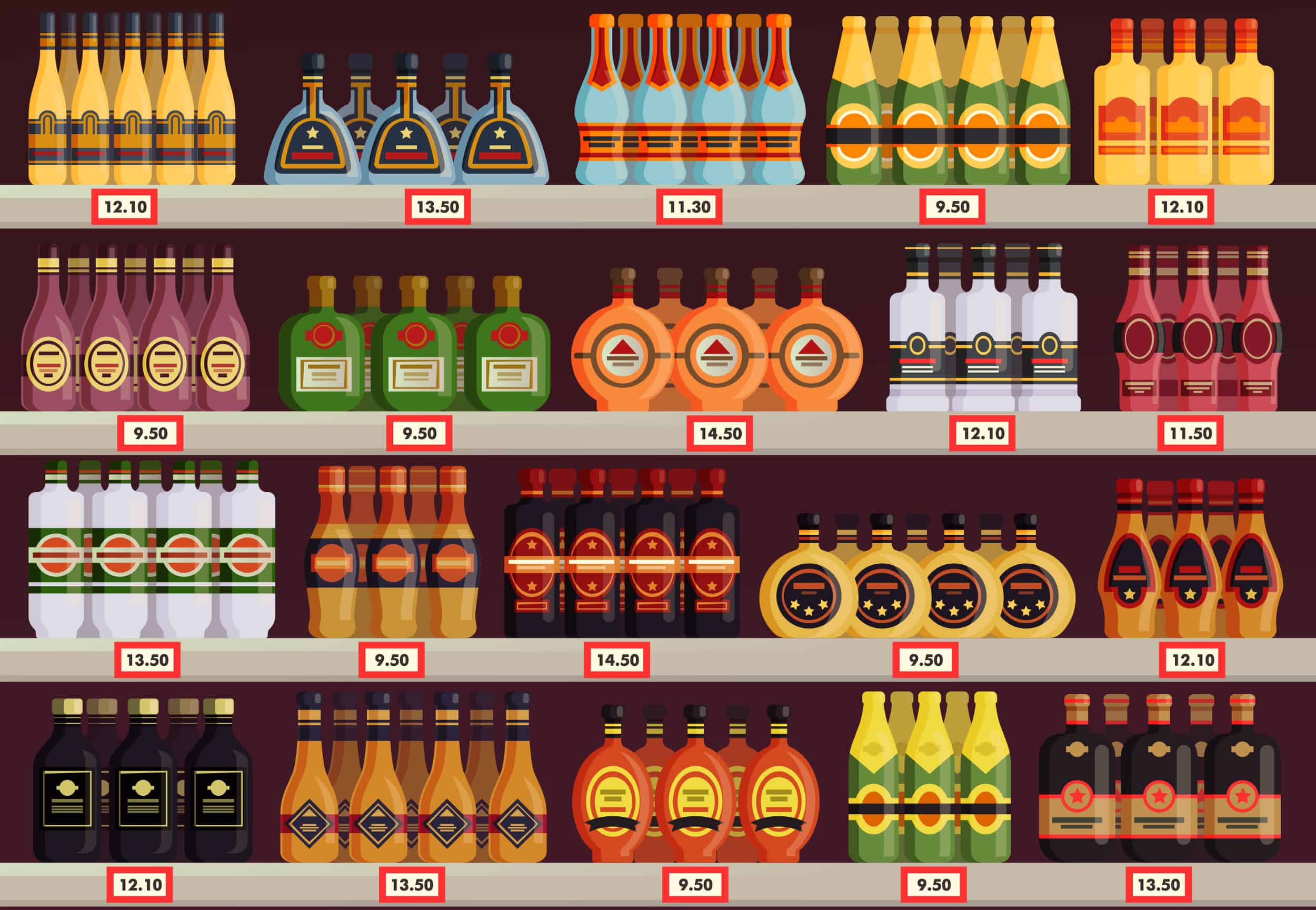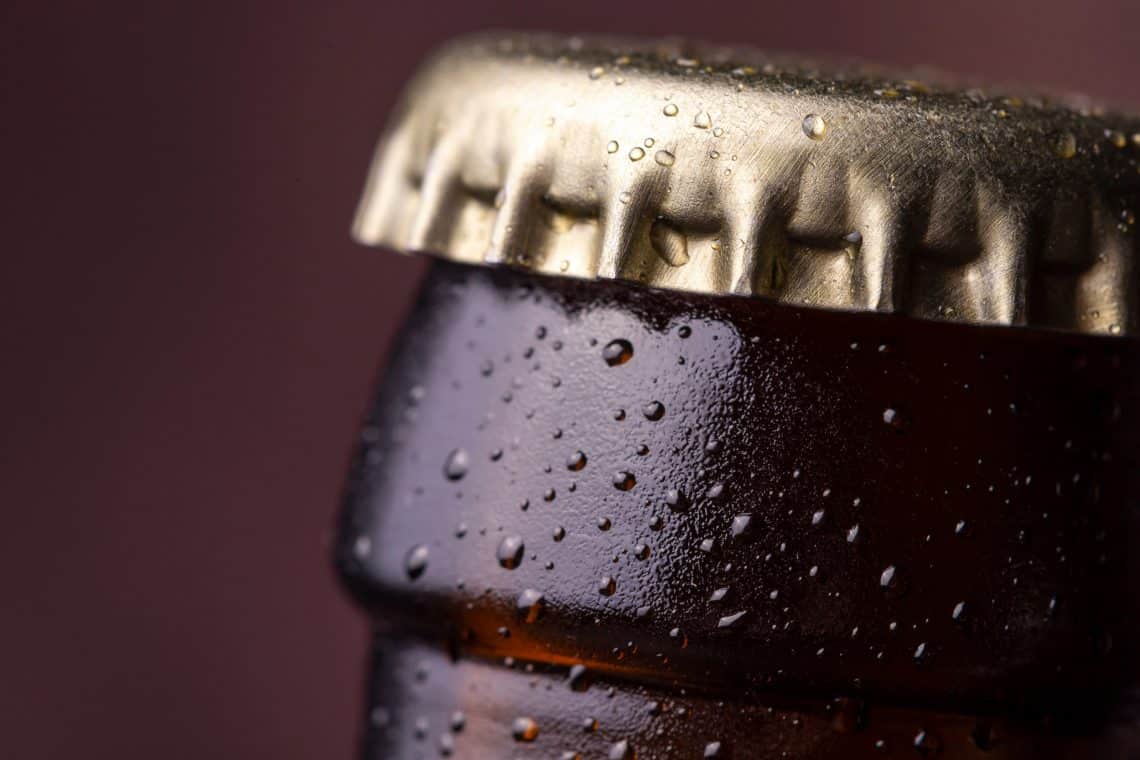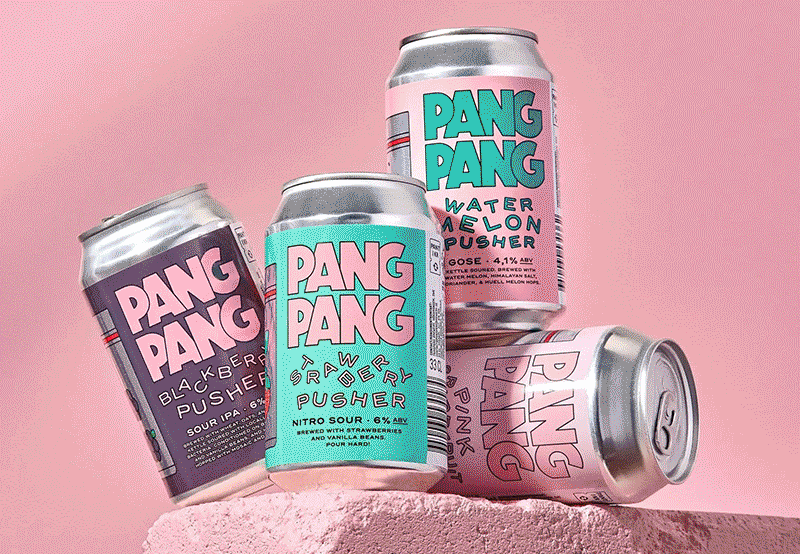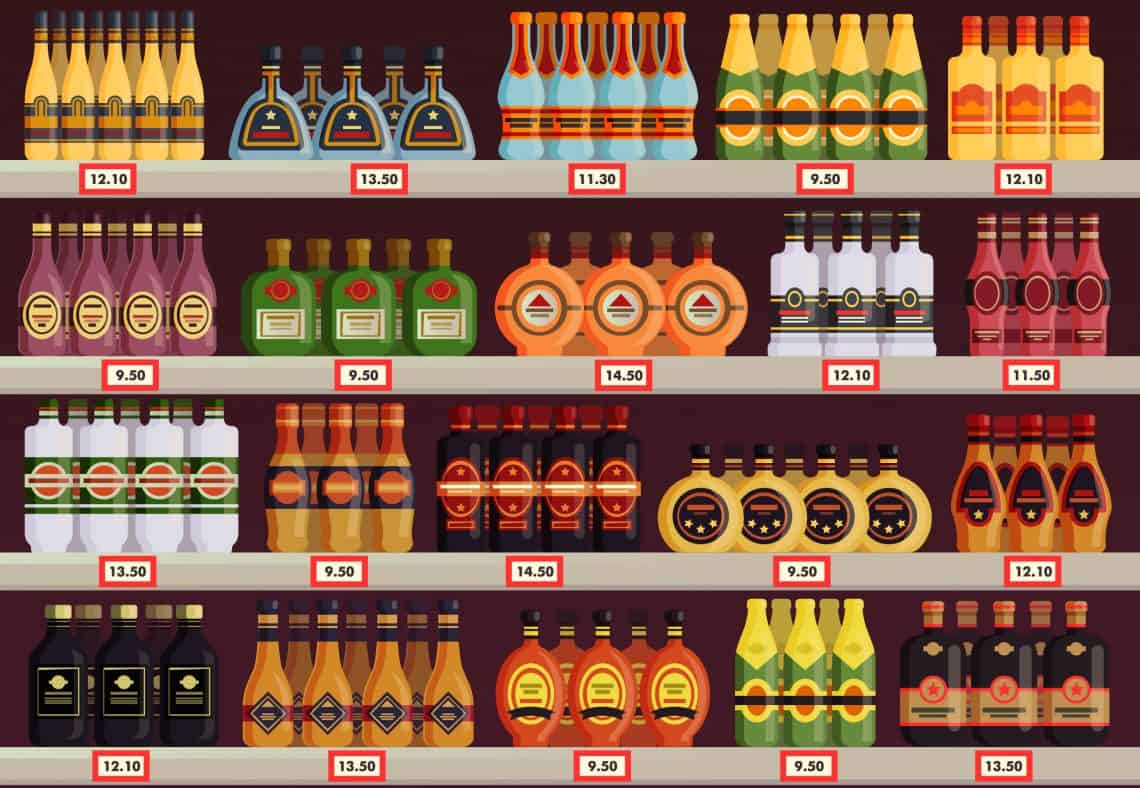Brand architecture: the role of your parent brand in the purchasing decision
Brand architecture is the method you'll use to determine how all your current and future brands interact with each other within your company. As our business grows, it's not uncommon to ask questions like: how are my brands linked or dissociated? How are they positioned and named? How are they evaluated? You can think of brand architecture as your company's family tree or ecosystem. In this article, we'll use the term «method».

Brand architecture can help you quickly position a new product for success without cannibalizing your core brand positioning.
Brand architecture update
As your business grows and the competitive landscape evolves, you'll naturally launch new products to stay viable. Brand architecture helps you determine how each of these new offerings relates to or differs from your core brand. In this way, the value proposition, the audience, the’visual identity, The brand's personality and copywriting are essential points to analyze when creating an extension.
Brand architecture can help your brasserie or distillery to expand to reach a wider range of products. consumers and target specific niches - for example, the beer organic is a fast-growing segment. Why not launch a line of organic beers, targeting a niche group of customers, rather than orienting your entire business towards this concept?
Like your company's brand image and positioning, your brand architecture should be checked fairly regularly; at least once a year, or whenever you want to launch a new brand and/or range extension. And yes, we live in a world where this process is never set in stone.
Consumer-oriented brand architecture
The advice and perspectives developed throughout this article are based on an internal analysis and process. However, your brand architecture manifests itself well on the customer and distributor side, and is therefore publicly oriented.
So it's vital to make it quick and easy for all employees to understand the links between your different brands and offers. This will bring clarity to your entire beverage or service portfolio.

Have as few marks as possible
Your brand architecture should be as simplified as possible, as managing multiple brands is often cumbersome and costly.
If you think your best chance of success lies in creating an entirely different brand, then go for it! But never settle for creating a new brand for an extension just because you're not sure where it belongs in your overall architecture.
Any new product you launch, whether closely related to your parent brand or completely separate from it, will need to be supported with as much budget, capacity and vigor as your parent brand in order to succeed.
But why on earth should I concentrate on my brand's architecture?
You may be wondering why you should worry about your brand architecture. The post-Covid rebound has given rise to many innovations and possibilities in the’beer industry. Clearly, modern breweries (and not just in the US) are becoming veritable beverage creation companies of all kinds: hard seltzers, kombuchas, craft sodas, lemonades, cold brew coffee, RTD, and all sorts of other non-beer items. From now on, we'll be talking about Beyond Beer« trend» (beyond beer). It is in this context that Studio Blackthorns encourages you to think about the opportunities that the next 5 years could present for your brewery or distillery.
Even if you don't intend to produce any more drinks today, your fans may be asking for new ones. And don't forget that by 2030, the Alpha generation (anyone born after 2010) will be of age. From new consumer habits will emerge, and it's vital to take an interest in them. Brand architecture helps you to know when you should keep these different brands separate, and when they can be combined to give you increased visibility, reputation and sales.
Brand architecture: challenges and positioning
One of the key benefits of defining your brand architecture is the ability to quickly determine a new product's place within your broader portfolio. In this way, your new offering can evolve without damaging your reputation, positioning or sales of your parent brand. Brand architecture is a way of seeking out new business opportunities while protecting the equity of your flagship brand.
Identify new market opportunities
Framing your brand architecture can also help you identify new product opportunities. You'll have an objective, panoramic view of your brand and your competitors throughout the process.
This allows you to identify growth opportunities in adjacent markets and vertical niches that align with your brand (and in a way that excites your team, because it's always important to enhance your team's value and make them proud of their brand).


Save time and money
We have seen a number of medium-sized breweries and distilleries wondering where to invest their budgets. marketing. Is this money to be spent on annual packaging design needs? Or perhaps sponsorship, distributor resources? Or phygital marketing? You may even need to finance a brand change on the horizon.
Understanding your brand architecture can help you allocate marketing funds more effectively between different brands and campaigns.
Provide customers with greater clarity and consistency
Brand architecture helps the most important person in this whole equation: your customer. Good brand architecture helps people understand what this new product is, why it comes from your brewery/distillery, and why they should buy it. The importance of your core brand in this extension can vary considerably (as you'll discover in our HYDRE method). Ultimately, working on your brand's architecture helps to give your customers a sense of meaning and a more complete story.

Proactively manage your entire portfolio
Defining your brand architecture gives clarity to your portfolio, both internally and externally. Does it make sense to launch our new RTD cocktail under our parent brand? Should we create a new sub-brand for the annual release of our barrel-aged Stout? Should our vermouth be sponsored by our distillery? Should we create a more developed brand around our best sale IPA, or would that be detrimental to our brewery brand? If you don't understand the method used for your overall architecture, you'll find it hard to answer these kinds of questions.

Building a more resilient and diversified company
Diversifying your portfolio is good business practice. As much as we'd all like to turn the page, the pandemic of Covid-19 has set a worrying precedent. Closures and falling sales will be a real threat in any future crisis. If, by chance, you've made it through 2020. Will you be able to do it again?
The idea of being able to adapt to on-trade, off-trade and a variety of categories is enviable. Having a diversified portfolio can therefore help soften the blow of losing liquor and draught beer sales, no matter what the future holds. Brand architecture can also help you :
- Knowing how to make the most of (and extend) your parent brand
- Know when to remove a mark (and how to spot an ideal replacement)
- Keeping your brand fresh and relevant


Brand architecture is a method to determine how all your current and future brands interact. Making these decisions primarily involves determining to what extent your parent brand is (or isn't), should (or shouldn't) be present on your extensions. And it starts with an understanding of the role your parent brand plays in brand architecture decisions.
The role of the parent brand in brand architecture
Most of the decisions you'll be making when launching an extension revolve around your parent brand (the name, identity and history of your main brewery or distillery).
Does this new extension carry the same values and promises as your parent brand? Does it fit comfortably into the same activity or occasion as your core brand? Does it appeal to the same people as your flagship brand?
Protecting your parent brand
When we make decisions about brand architecture, our first concern is to protect the equity of your parent brand.
Here is a series of questions that we address during our coaching sessions on the HYDRE method :
- How will this extension add value to the parent brand? Or take it away?
- How can you protect your reputation and positioning?
- To what extent should the parent brand be present on this new drink ?
- How can your parent brand lend credibility to the extension?
- How many categories can you credibly cover?
- How far can we extend this brand without losing its deeper meaning and relevance?
- Can your parent brand credibly enter this new space?
- How can you grow your global portfolio safely?

Its main brand as a purchasing engine
A purchase driver is the main reason why someone buys a product. Both your parent brand and your new product brand can play this role, depending on how you position the relationship.

An important question here: do people buy this product because it explicitly comes from your company? If so, your parent brand is the main driver.
Or else,
Is someone buying this new product because of its specific style or brand (and is the fact that it's produced by your company a nice bonus or not part of the decision at all)?? In this case, your new brand is the main buying factor.
Without a strong parent brand, you have nothing to extend. No equity. No traffic. No reputation. No secret potion. When you launch a new extension, you must always consider its impact on your parent brand and its positioning.
Now that we've discussed brand architecture and the importance of your parent brand, we invite you to diagnose yours in our dedicated method, to see together the different approaches you can use to launch an extension and grow your business.
Did you enjoy this dossier? Give it a try...
- Brewing the Future: Coffee and Tea Trends in 2025
- Non-Alcoholic Beverage Trends 2025: Luxury, Health and Innovation
- Beer market trends in France to 2024: Between a return to basics and adaptation
- Spirits: key trends 2025-2026
- Beer trends in 2025: innovation, sustainability and experiences
- Brand architecture: the role of your parent brand in the purchasing decision





